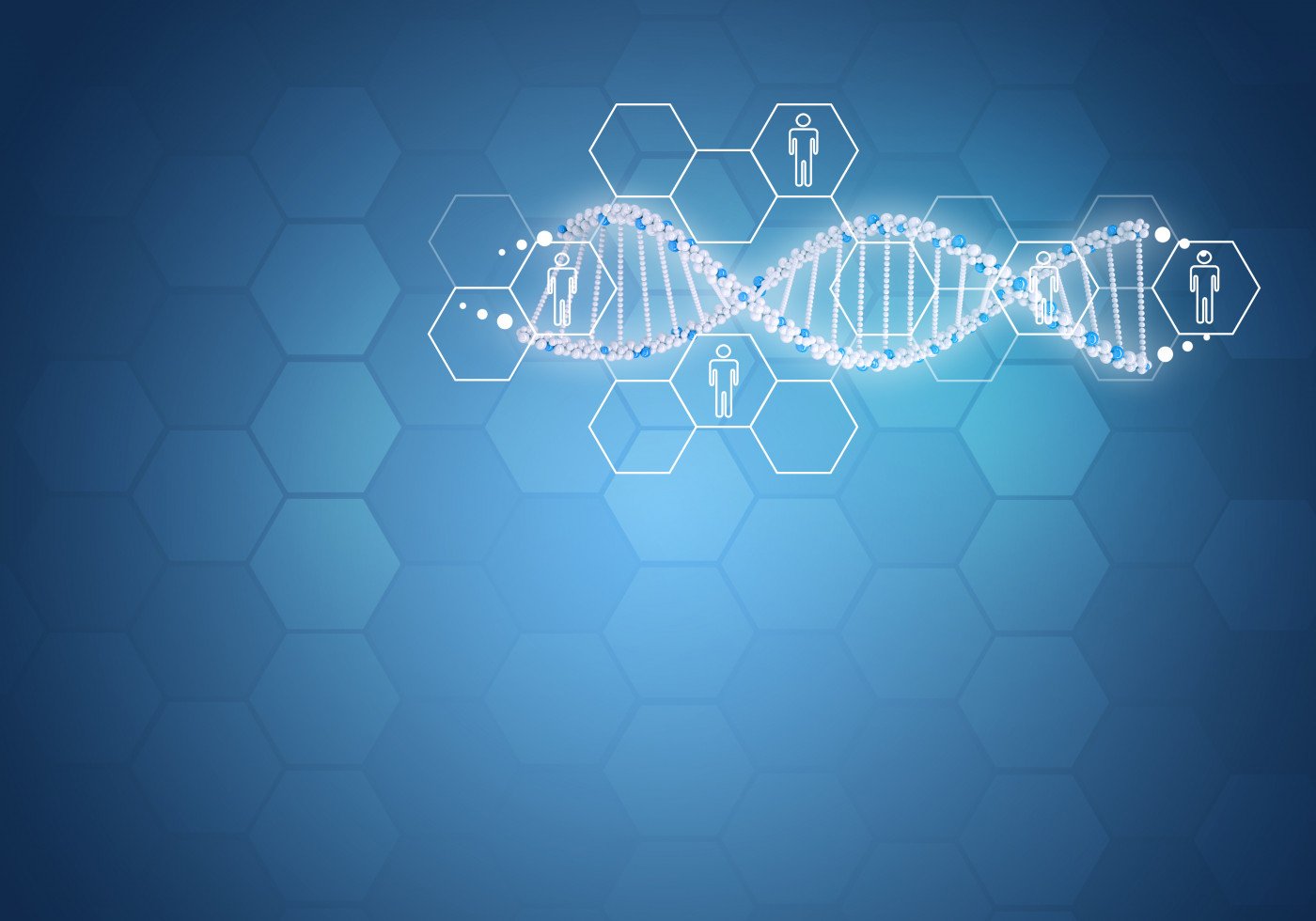Abeona to Advance Gene Therapy Research at Commercial Manufacturing Facility in Ohio
Written by |

Abeona Therapeutics, a biopharmaceutical developing new gene therapies for rare diseases, announced the opening of the first anticipated commercial gene therapy manufacturing facility in Cleveland, Ohio.
The facility is named The Elisa Linton Center for Rare Disease Therapies and will have the capacity to produce advanced gene and cell therapies to treat serious rare disease, like recessive dystrophic epidermolysis bullosa (RDEB).
The dedication and ground-breaking ceremony was held Oct. 4 and attendees included leaders from local government, life sciences and medical technology, including representatives from the office of U.S. Sen. Sherrod Brown, D-Ohio, Case Western Reserve University, and others.
“We are very excited to announce the creation of The Elisa Linton Center for Rare Disease Therapies, which will be a global resource for production of gene therapies with the potential to bring new treatments to rare disease patients around the world,” Timothy J. Miller, PhD, president and CEO of Abeona, said in a press release.
“It is especially fitting that this center is named for Elisa Linton, who was born with Sanfilippo syndrome, a rare terminal disease. The memory of Elisa and courage of her family continue to be a great inspiration to all members of the rare disease community.” Miller added.
Sanfilippo syndrome is a metabolic disorder characterized by the body’s inability to properly break down certain sugar molecules (glycosaminoglycans).
The Elisa Linton Center will be used to produce Abeona’s products ABO-101 and ABO-102, two investigational gene therapies for Sanfilippo syndrome, and EB-101, a cell therapy for the treatment of RDEB.
Individuals with RDEB lack functional type VII collagen (C7) protein due to genetic mutations. C7 collagen is responsible for maintaining the different layers of the skin attached to each other. EB-101 was designed to deliver a corrected form of the gene that produces Collagen C7, triggering the proper production of this protein.
The U.S. Food and Drug Administration (FDA) recently recommended the acceleration of the clinical development of EB-101 for the treatment of RDEB and, as a result, Abeona is planning a pivotal Phase 3 trial expected to get underway early in 2018.
Abeona is conducting a Phase 1/2 trial (NCT01263379) to evaluate EB-101’s safety and effectiveness against chronic non-healing wounds in RDEB patients; so far, results have been promising.
This is reportedly the first time a therapy achieved positive results in RDEB, a disease with no approved treatments to-date.
EB-101 received orphan drug status from the FDA, as well as an orphan drug product designation from the European Medicines Agency (EMA) in the European Union. The FDA has also granted EB-101 a rare pediatric disease designation.
“The Epidermolysis Bullosa Medical Research Foundation (EBMRF), along with the EB Research Partnership, is a longtime supporter of research that may help patients living with EB including the development of EB-101. The development of EB-101 is a great example of the progress we are making in EB research today,” said Paul Joseph, chief financial officer of EBMRF.
“We are very pleased to support Abeona taking steps to establish a world-class gene therapy production facility that will bring new hope to people living with EB and other serious diseases and conditions.” Joseph added.
The 6,000-square-foot Elisa Linton Center will house Aboena’s expanded viral-vector laboratory, which will be used to develop effective gene therapies. The center is planned to be built-out and validated over the next year.





